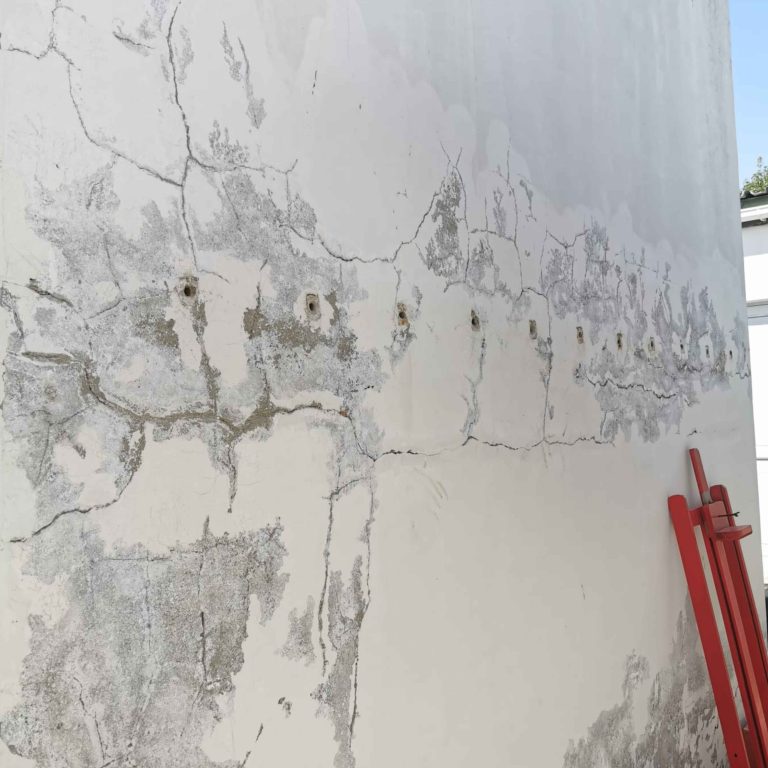Rising Damp
LATERAL DAMP TREATMENT
Lateral damp is defined as moisture which travels across from soil behind the walls into the structure of a building. This form of dampis found in areas where the outside ground level is higher than the inside floor level, retaining walls, where the levels of a building are split and underground cellars and buildings.


LATERAL DAMP TREATMENT
- The damp proofing course (DPC) was erroneously omitted during the building process
- The DPC was damaged during the building process
- The DPC was wrongly installed
- DPCs such as melthoid deteriorate with age and therefore will reach at a stage when it is no longer working.
Although in most instances rising damp does not exceed a height of 1.2 metres from the floor due to the force of gravity, there are rare cases when it can exceed that height.
Rising damp can be characterised by:
- A yellowish mark that can stretch at the bottom of the walls.
- Rotten skirtings, rusting nails and metal door and window frames.
- Hygroscopic salts forming on the grout on a tiled wall or floor.
RISING DAMP TREATMENT
Rising damp is treated by removing the contaminated plaster exposing the bricks, drilling and injecting dryzone cream to stop moisture from further rising up the walls. It is an effective way of replacing the damp proofing course.
Waterproofing slurry will be used onto the exposed bricks to stop the existing moisture from coming through again.
